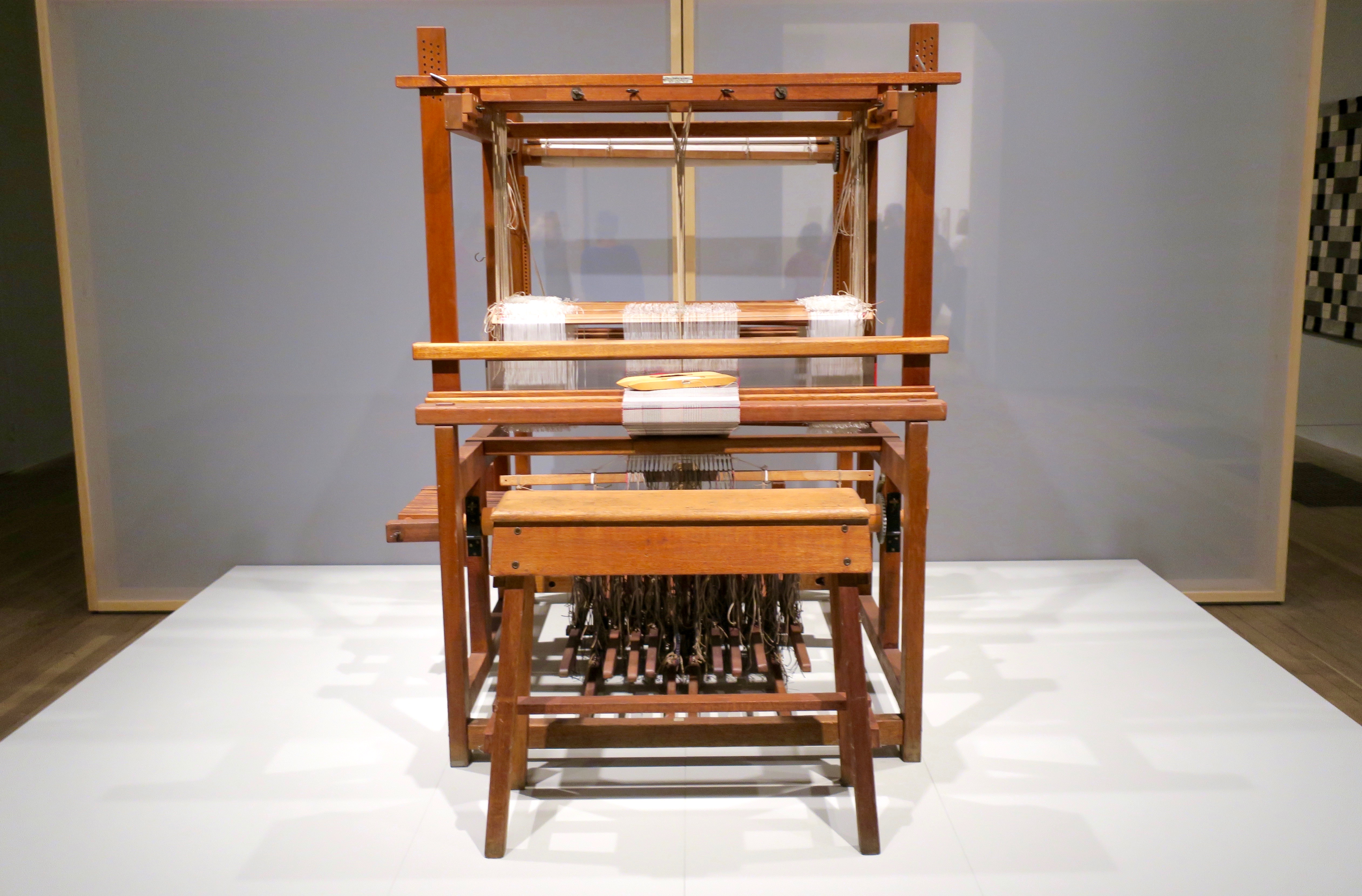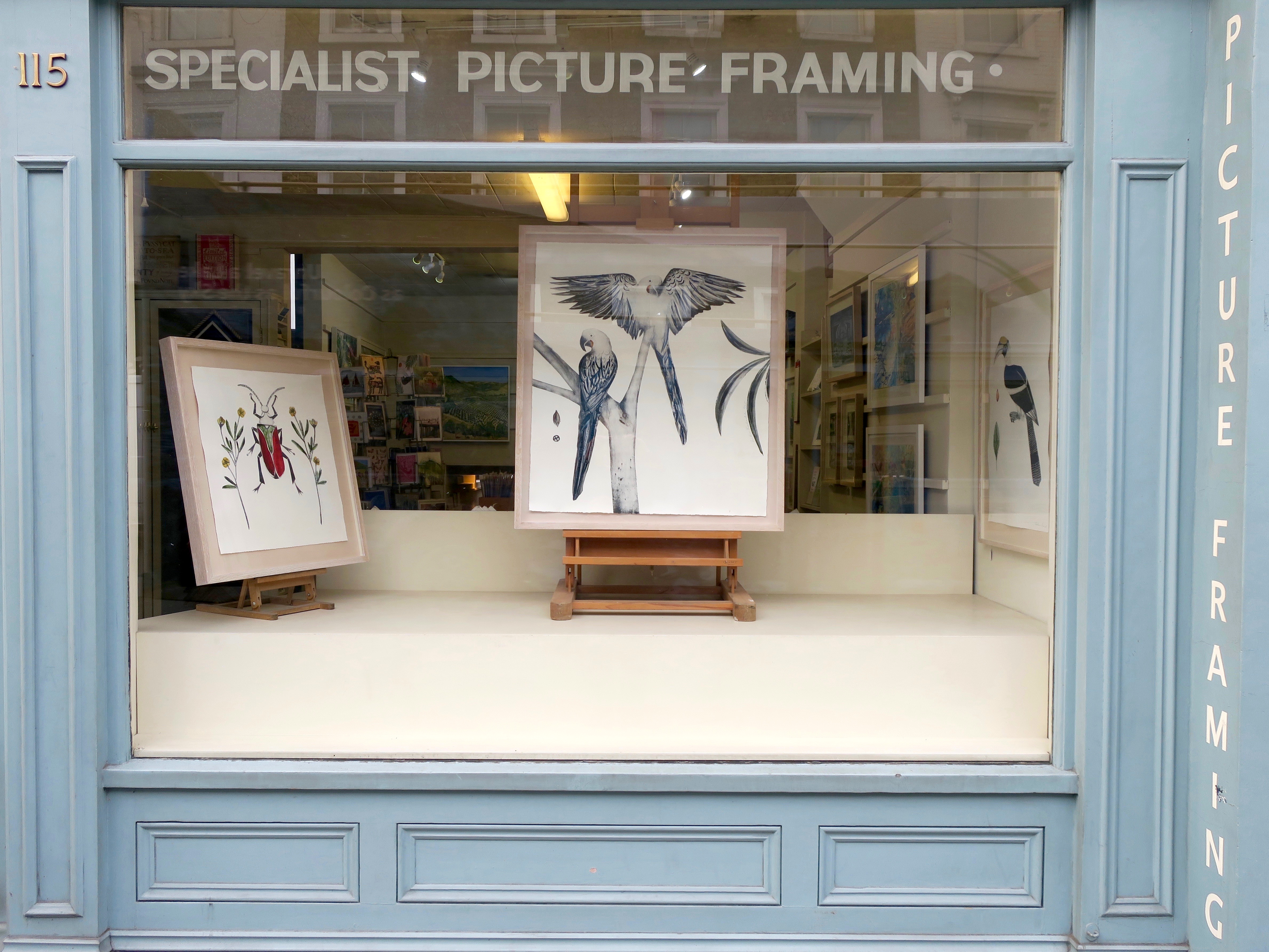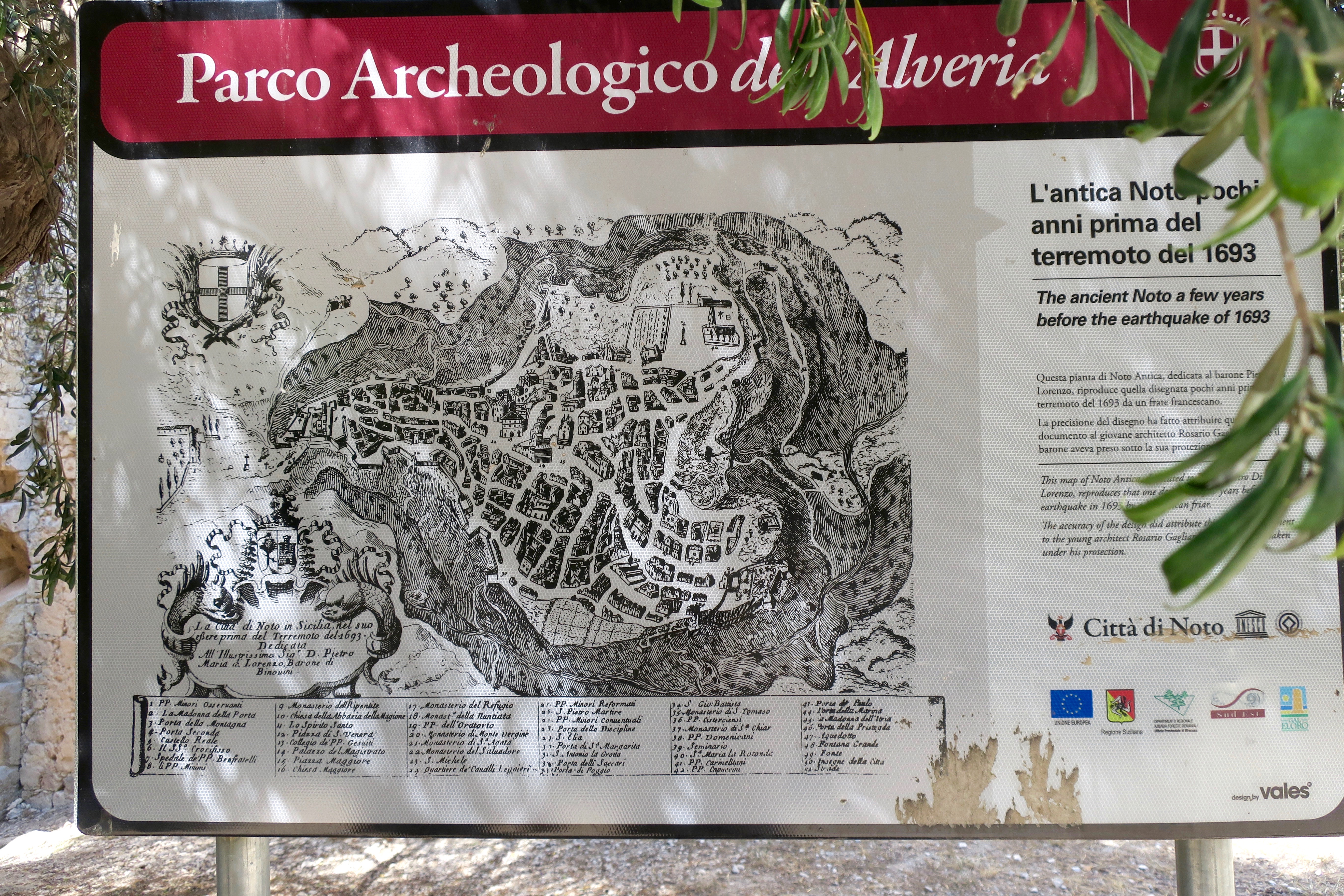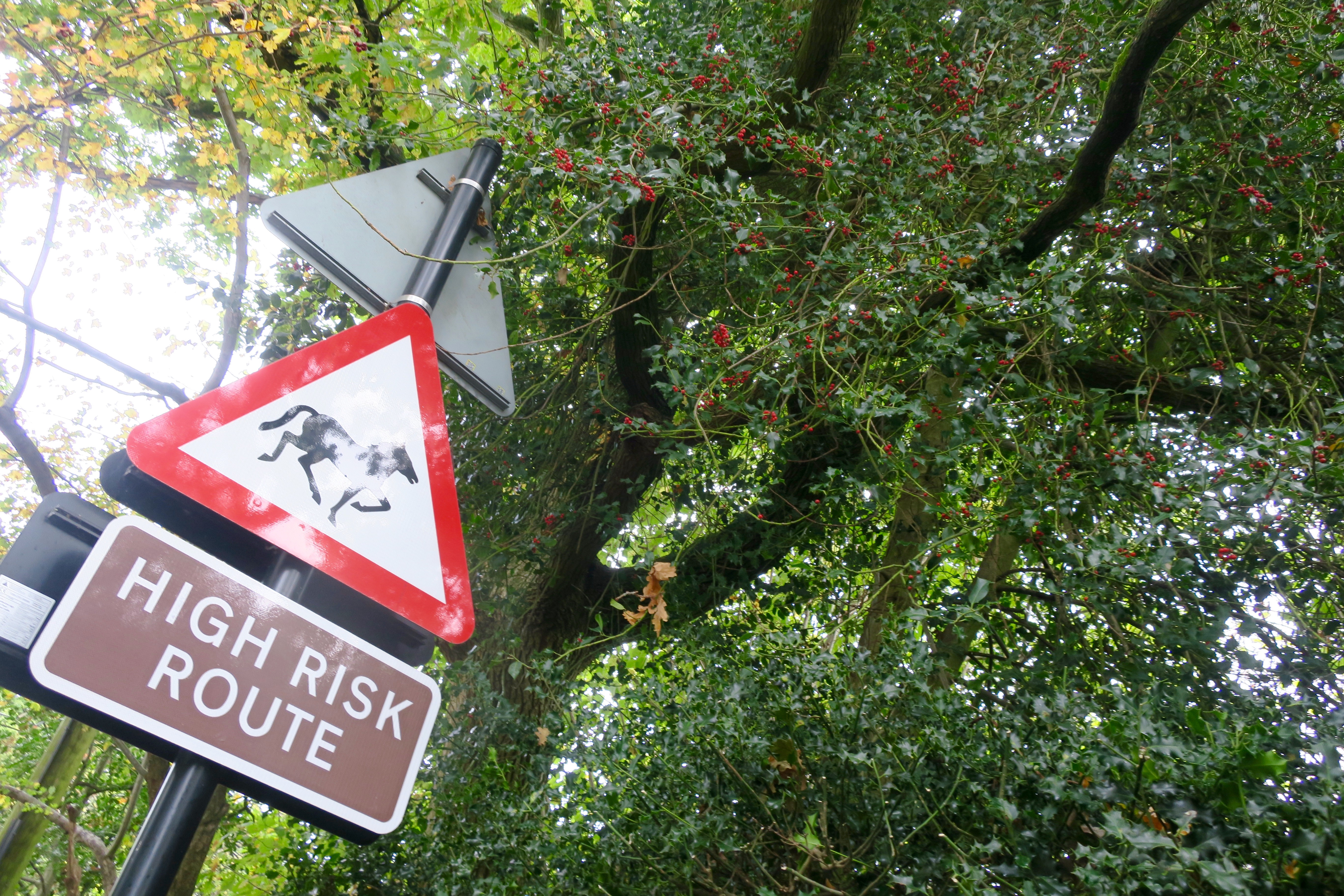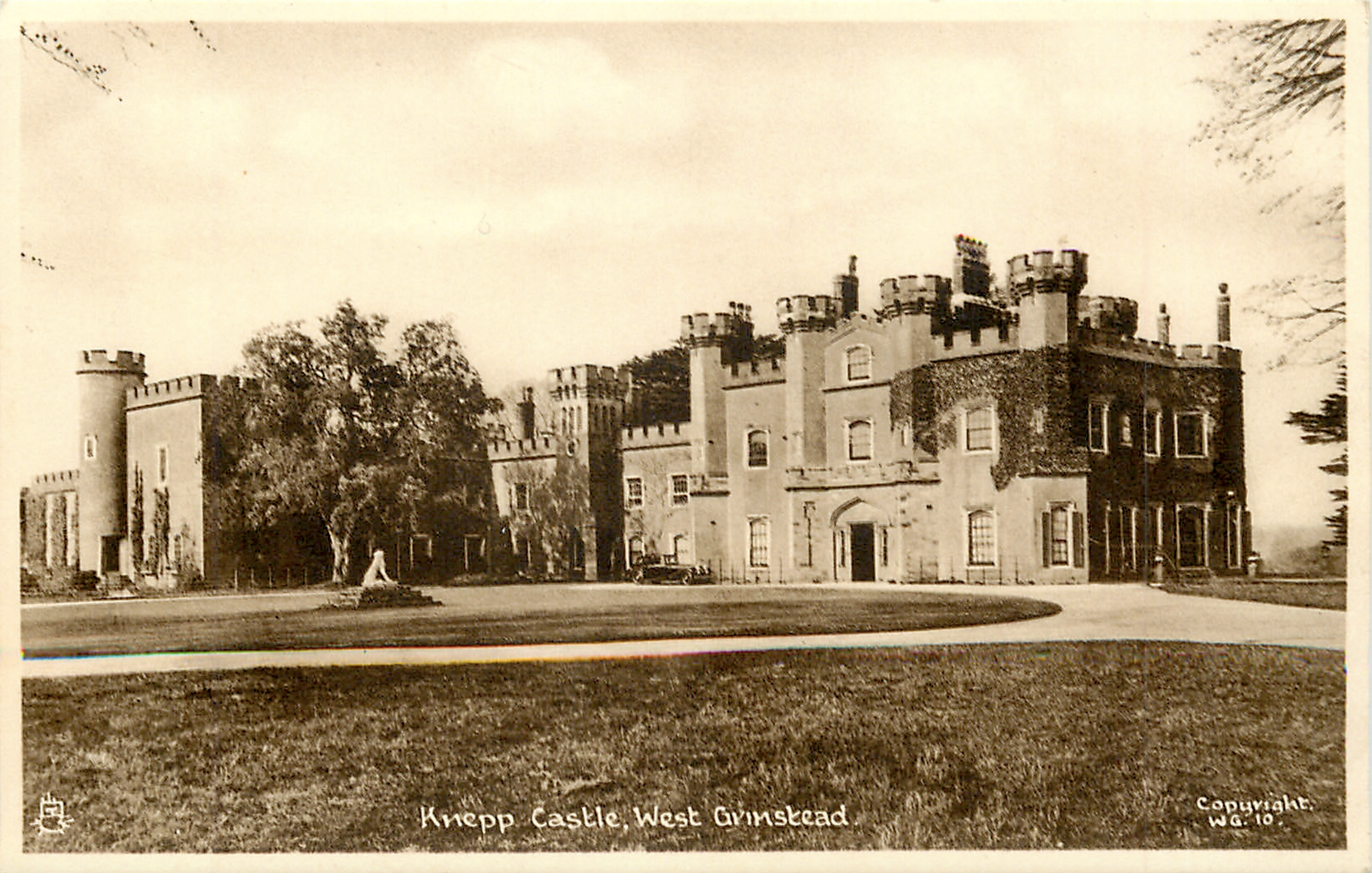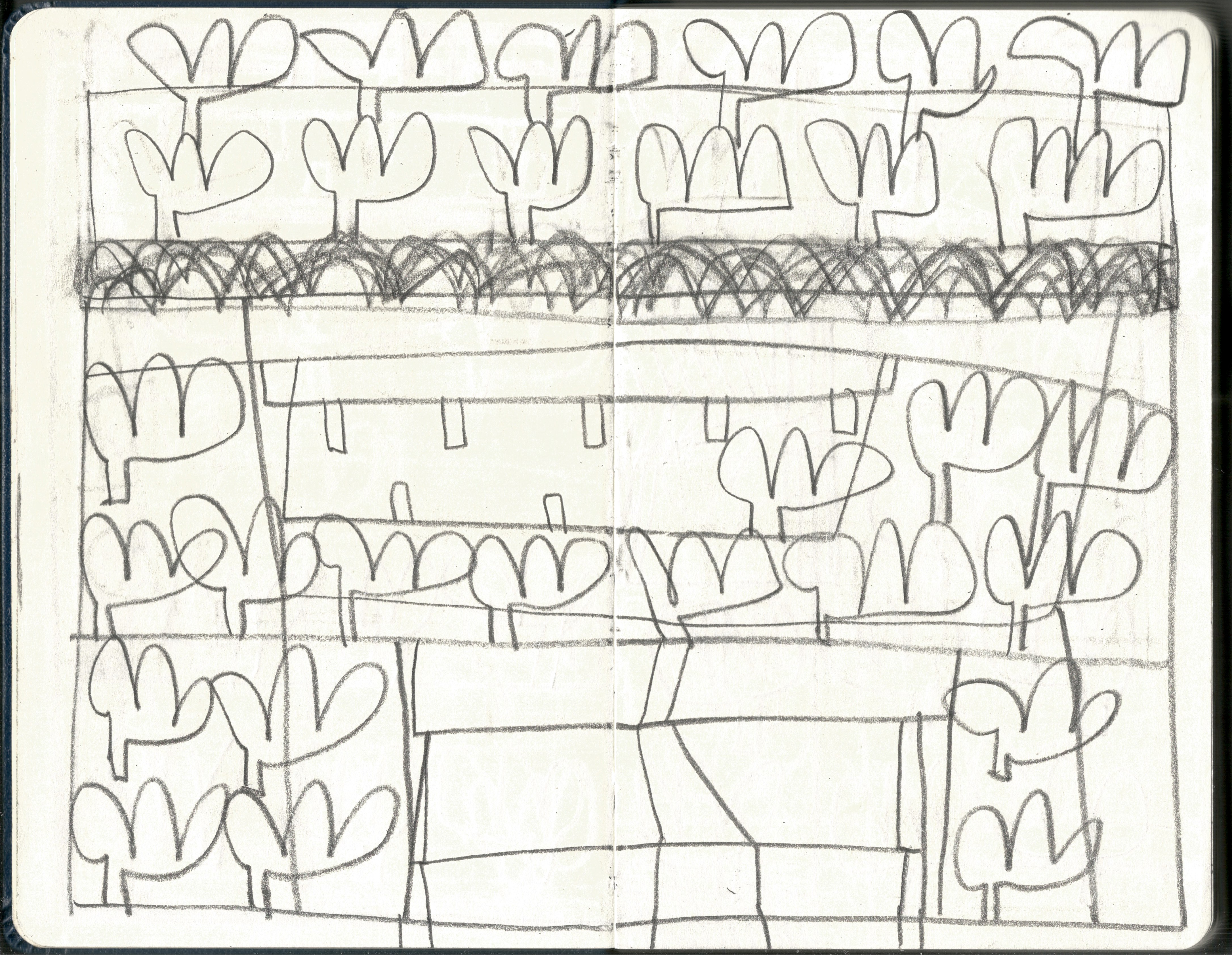‘Refuge – The Stone Garden at Weston’ by Clare Dearnaley is a 20 minute film about the art collector Ronnie Duncan’s love for stone and his philosophy on life and of ‘living through his eyes’. Shot over one year it is led by capturing light passing across the stones, which appears to animate them and by an absorbing conversation with Ronnie. The film gently examines stories; the creation of an environment, the nature of possessions and the reclaiming and reusing of materials. It seeks to capture the possible transience of the Stone Garden as much as the semi-permanence of the stones themselves.
Weston is a 17th century cottage in Otley, North Yorkshire, home to Ronnie Duncan, who has over the last 60 years quietly furnished it with a remarkable collection of paintings and sculptures. This film looks at the stones in the garden; for more on the contents of the house please see the earlier blogpost – More Love Than Money.
There is also a lovely book by Polly Feversham and Diane Howse – Weston, a necessary dream.



